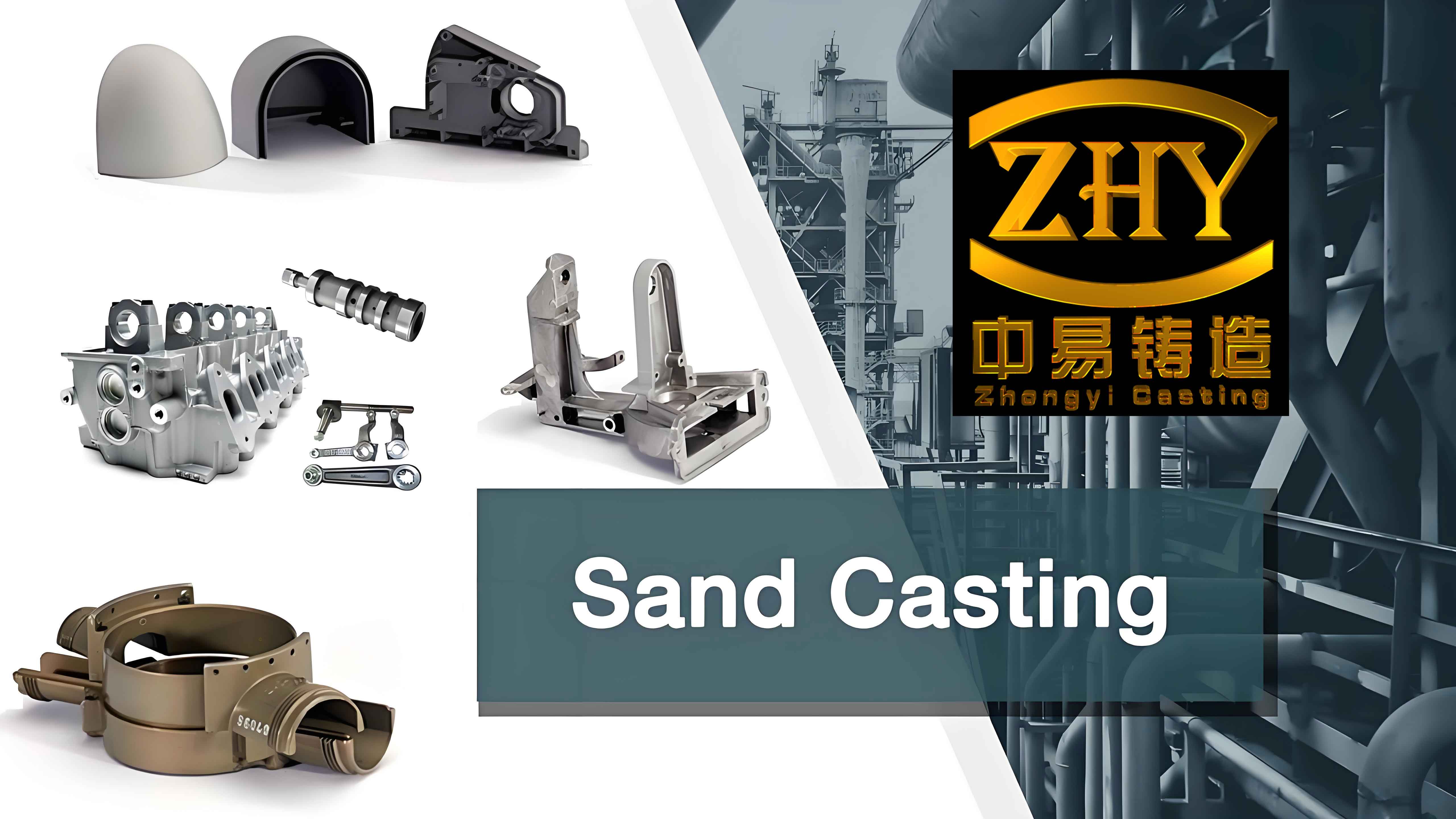
Through systematic analysis of sand casting parts processing flows, we’ve developed targeted solutions to reduce rejection rates in cylinder head production. This article presents a comprehensive approach combining process optimization with equipment modifications, demonstrating how sand casting part damage can be reduced from 0.3% to below 0.1% through strategic improvements.
1. Process Flow Analysis for Sand Casting Parts
The standard post-casting process for cylinder heads includes:
- Vibration shakeout
- Suspension chain transfer
- Rough cleaning
- Pneumatic sand removal
- Annealing
- Machine grinding
- Precision shot blasting
- Manual finishing
The damage rejection rate (DR) can be calculated using:
$$
DR = \frac{N_d}{N_t} \times 100\%
$$
Where:
$N_d$ = Number of damaged sand casting parts
$N_t$ = Total production quantity
2. Damage Typology and Root Causes
| Damage Type | Occurrence Rate (%) | Critical Locations |
|---|---|---|
| Thermal deformation | 0.12 | Bolt boss areas, valve seat edges |
| Impact damage | 0.25 | Coolant passage protrusions |
| Vibration cracks | 0.18 | Thin-wall sections |
| Grinding defects | 0.09 | Combustion chamber surfaces |
3. Key Improvement Strategies
3.1 Process Flow Optimization
Original material handling showed linear correlation between transfer frequency and damage rate:
$$
D_r = 0.15x + 0.08 \quad (R^2 = 0.92)
$$
Where $x$ = number of handling operations
Implemented changes reduced handling operations from 7 to 3 steps through:
- Containerized transfer system
- Integrated cleaning/degating stations
- Automated sorting buffers
3.2 Pneumatic Sand Removal System Upgrade
Modified vibration parameters using harmonic analysis:
$$
f_{opt} = \frac{1}{2\pi}\sqrt{\frac{k}{m}}
$$
Where:
$k$ = system stiffness (N/m)
$m$ = sand casting part mass (kg)
| Parameter | Original | Optimized |
|---|---|---|
| Frequency (Hz) | 25 | 18 |
| Amplitude (mm) | 3.2 | 2.1 |
| Cycle Time (s) | 45 | 38 |
3.3 Fixture Design Principles
Developed support fixtures considering part geometry:
$$
S_r = \frac{A_c}{A_t} \geq 0.75
$$
Where:
$S_r$ = Support ratio
$A_c$ = Contact area (mm²)
$A_t$ = Total surface area (mm²)
4. Implementation Results
| Improvement | Rejection Reduction (%) | Cost Savings ($/yr) |
|---|---|---|
| Handling Optimization | 32 | 45,000 |
| Vibration System Upgrade | 68 | 82,000 |
| Fixture Implementation | 41 | 28,000 |
5. Technical Recommendations
- Implement dynamic monitoring for sand casting part handling:
$$
a_{max} \leq 0.3g \quad \text{(g = 9.81 m/s²)}
$$ - Maintain thermal gradient during cooling:
$$
\frac{\delta T}{\delta t} \leq 25°C/min
$$ - Optimize grinding parameters:
$$
MRR = \frac{v \times d \times w}{1000} \leq 150 \, \text{mm³/s}
$$
Where:
$v$ = feed speed (mm/s)
$d$ = depth of cut (mm)
$w$ = width of cut (mm)
These improvements demonstrate that systematic optimization of sand casting part processing can achieve significant quality improvements while maintaining production efficiency. The principles developed for cylinder head castings can be extended to other complex sand casting parts requiring high dimensional accuracy.
